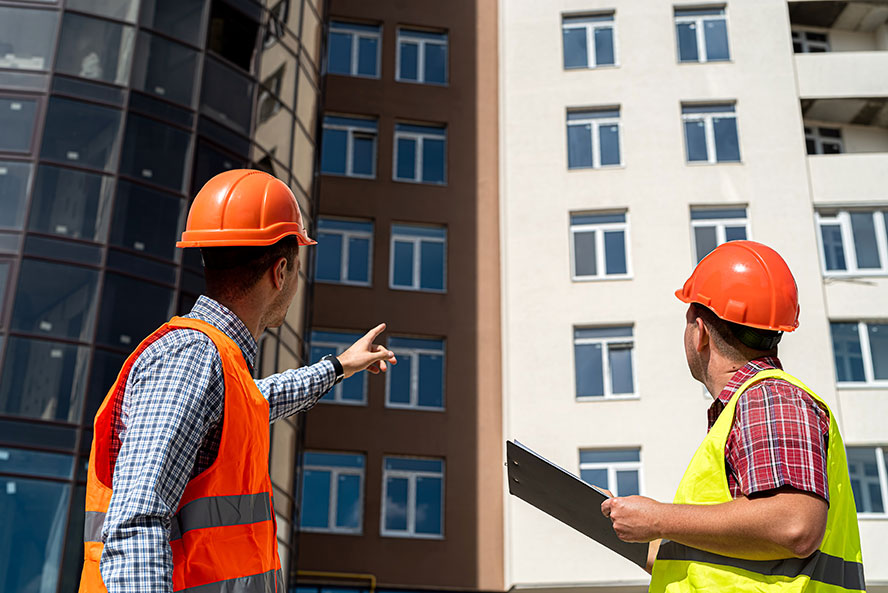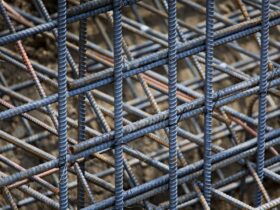Are you planning to buy a new property or renovate an existing one? If so, you’ve likely heard about the importance of proper inspections. However, you may need clarification about the differences between building and pre-purchase inspections.
Ensuring safety and compliance
A building inspection, sometimes called a property inspection, is a comprehensive evaluation of a structure’s condition. This type of inspection is performed by a licensed and experienced building inspector from a reputable company. The primary purpose of a building inspection is to any potential issues or defects in the building’s safety, structural integrity, or compliance with local building codes and regulations.
- Structural elements- The inspector will assess the foundation, walls, roof, and other load-bearing components to ensure they are structurally sound and free from damage or defects.
- Building exterior– The inspection will cover the exterior cladding, windows, doors, and external features to check for any signs of wear, damage, or potential entry points for moisture or pests.
- Interior finishes– The inspector will evaluate the condition of interior walls, floors, ceilings, and finishes, looking for any cracks, stains, or other signs of potential issues.
After the inspection, the building inspectors will a detailed report outlining any identified issues and recommendations for repairs or upgrades. This report informed decisions about purchasing or renovating the property.
Making an informed investment
- A pre-purchase inspection is specifically designed for individuals considering buying a property. This type of inspection is conducted by a qualified and experienced inspector from a company like and its primary objective is to help potential buyers identify any defects or issues with the property before they commit to the purchase.
- During a pre-purchase inspection, the inspector will examine the same areas as a building inspection. Still, the focus will be on identifying significant issues that could affect the property’s value or require costly repairs. The inspector will look for signs damage, water leaks, pest infestations, electrical or plumbing problems, and any other defects that could impact the property’s condition or livability.
- Unlike a building inspection primarily focused on ensuring compliance with building codes and regulations, a pre-purchase inspection is more concerned with helping buyers understand the actual condition of the property considering purchasing. This information can be invaluable in negotiations seller or deciding whether to proceed with the purchase.
Building inspections and pre-purchase inspections
1. Purpose- Building inspections are primarily focused on the safety compliance of a structure. In contrast, pre-purchase inspections are designed to help potential buyers informed decisions when considering purchasing.
2. Scope- Building inspections typically cover a broader range of areas, including structural elements, building exteriors, interiors, plumbing, electrical, and HVAC systems. Pre-purchase inspections, on the other hand, may focus more on identifying defects or issues that could impact the value or livability of the property.
3. Timing- Building inspections can be conducted at any time during property ownership, whether before a renovation, after a natural disaster or as part of routine maintenance. Pre-purchase inspections, however, are typically conducted before a property is purchased, often as a contingency in the sales contract.
If you’re purchasing a property, a pre-purchase inspection from a reputable company likehttps://vitalbuildinginspection.com.au/pricing/is highly recommended. This inspection will provide valuable insights into the property’s condition, allowing you to an informed decision and potentially negotiate a better price or walk away from a problematic property.









